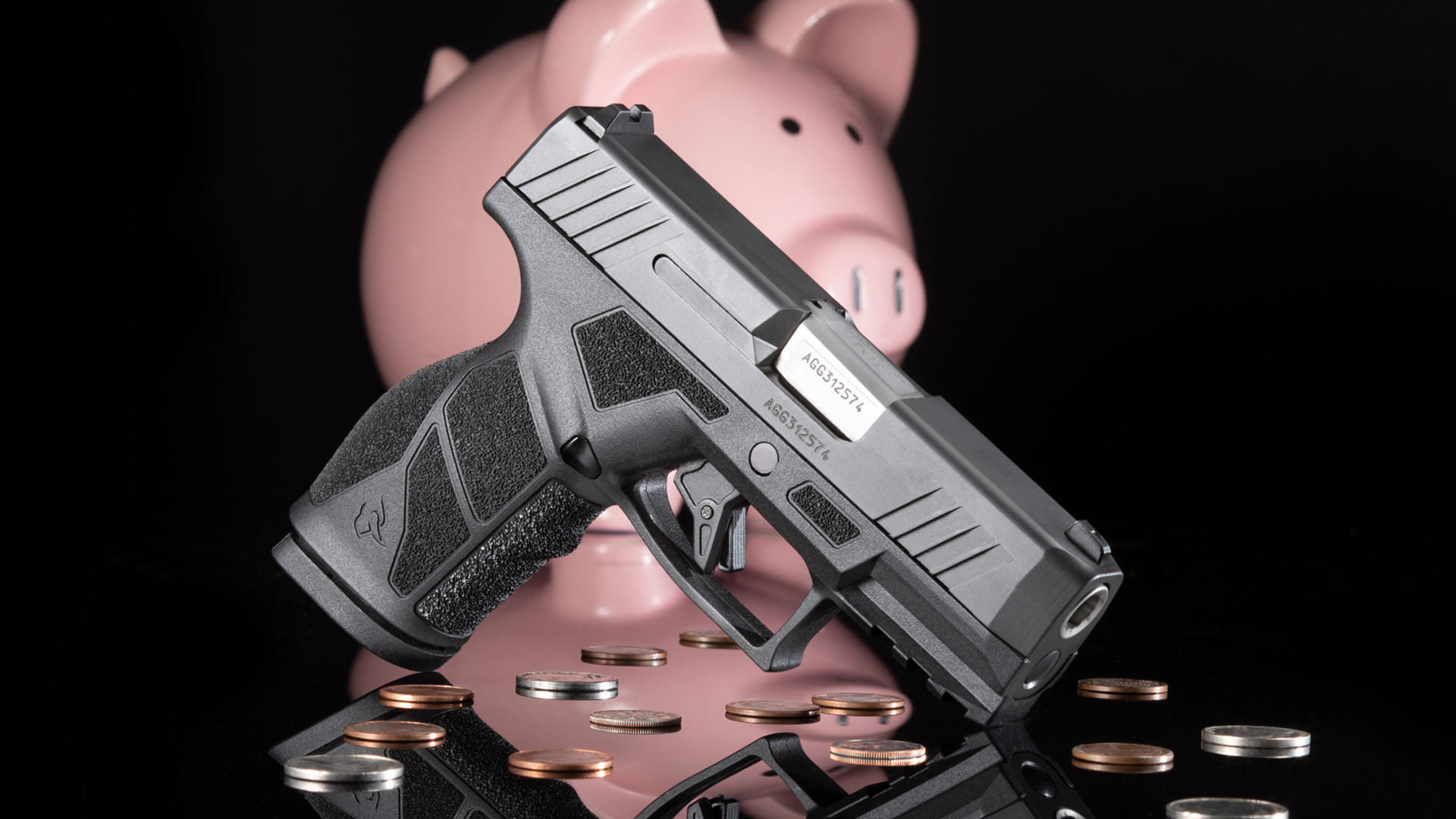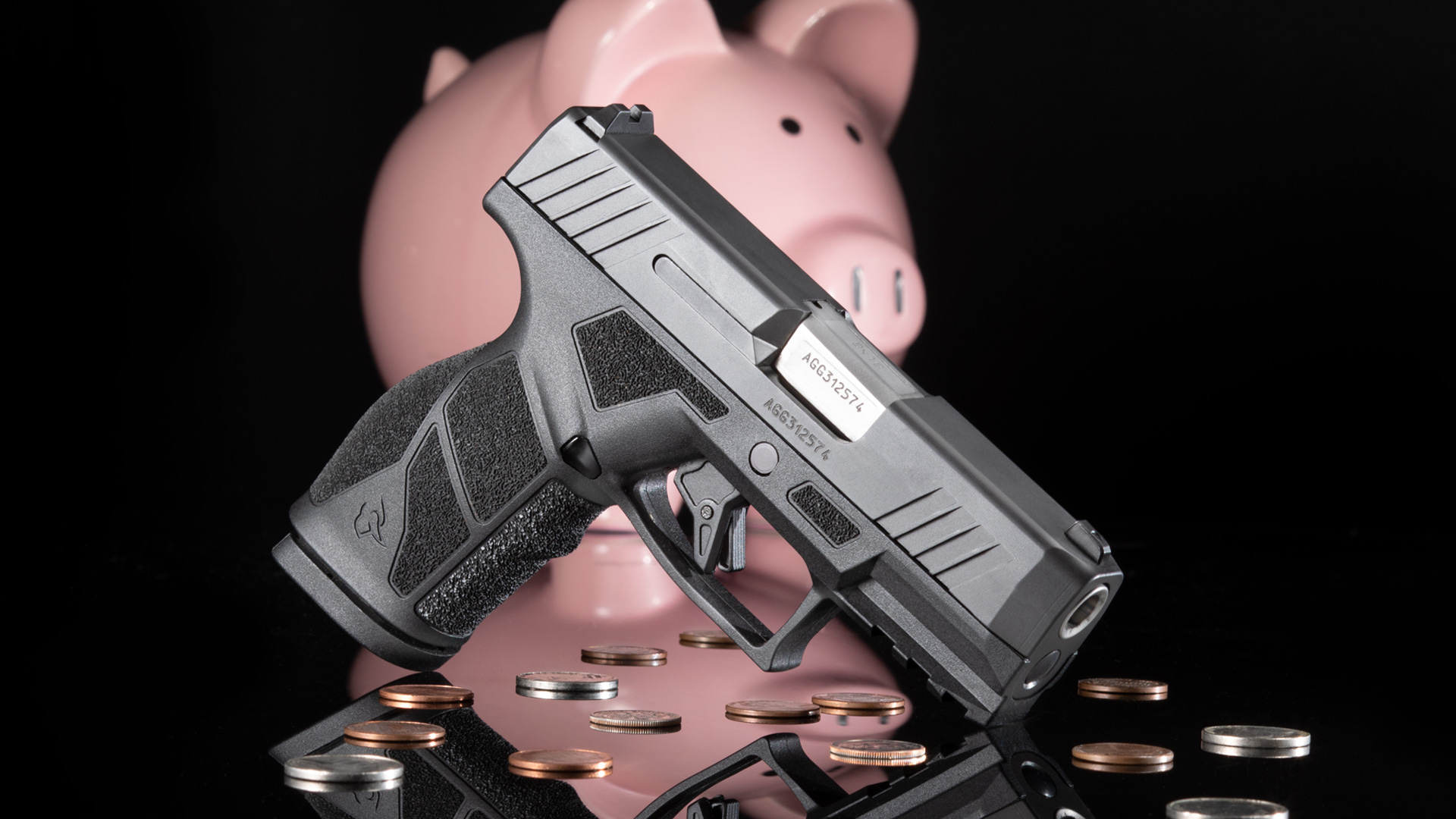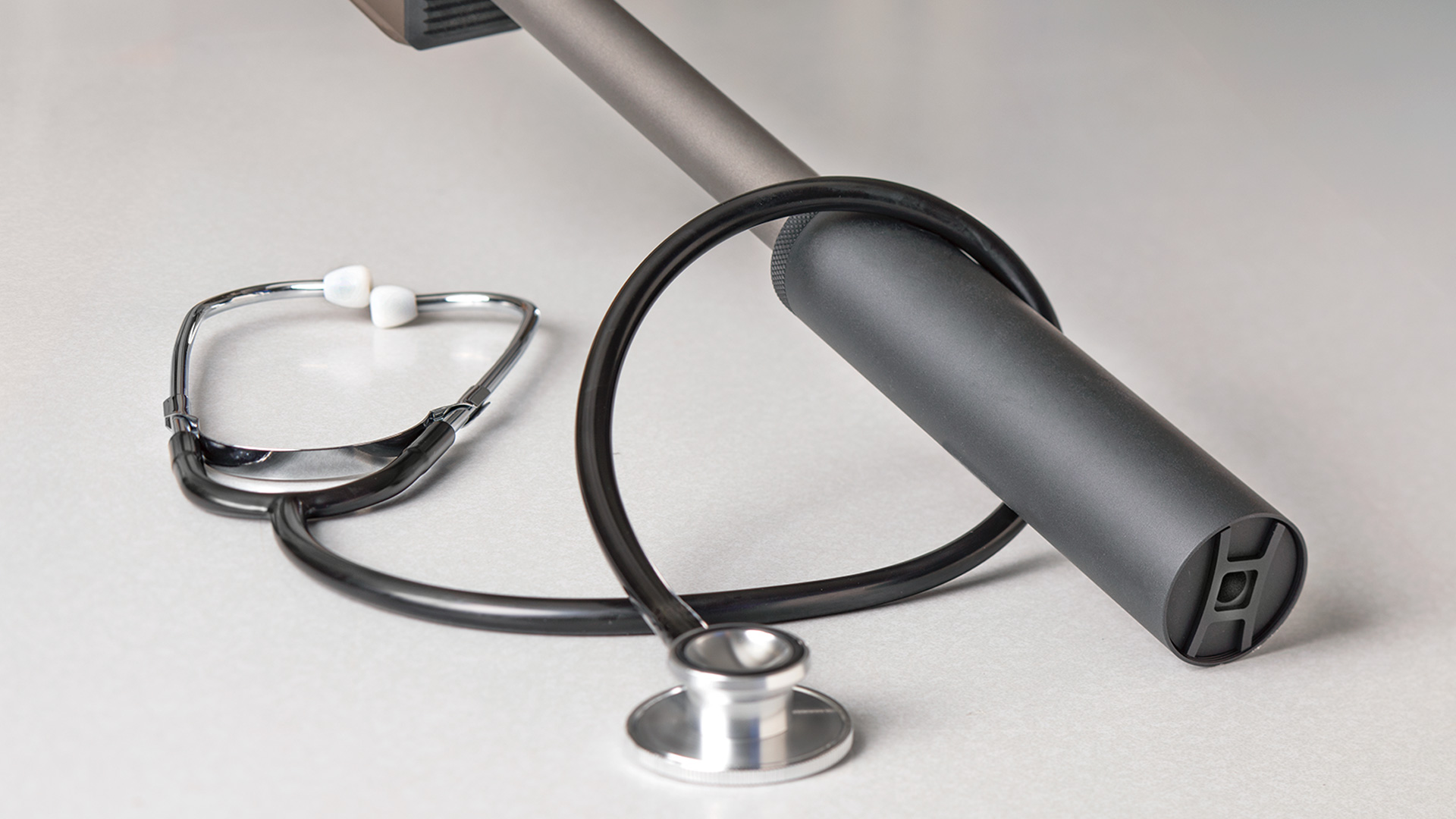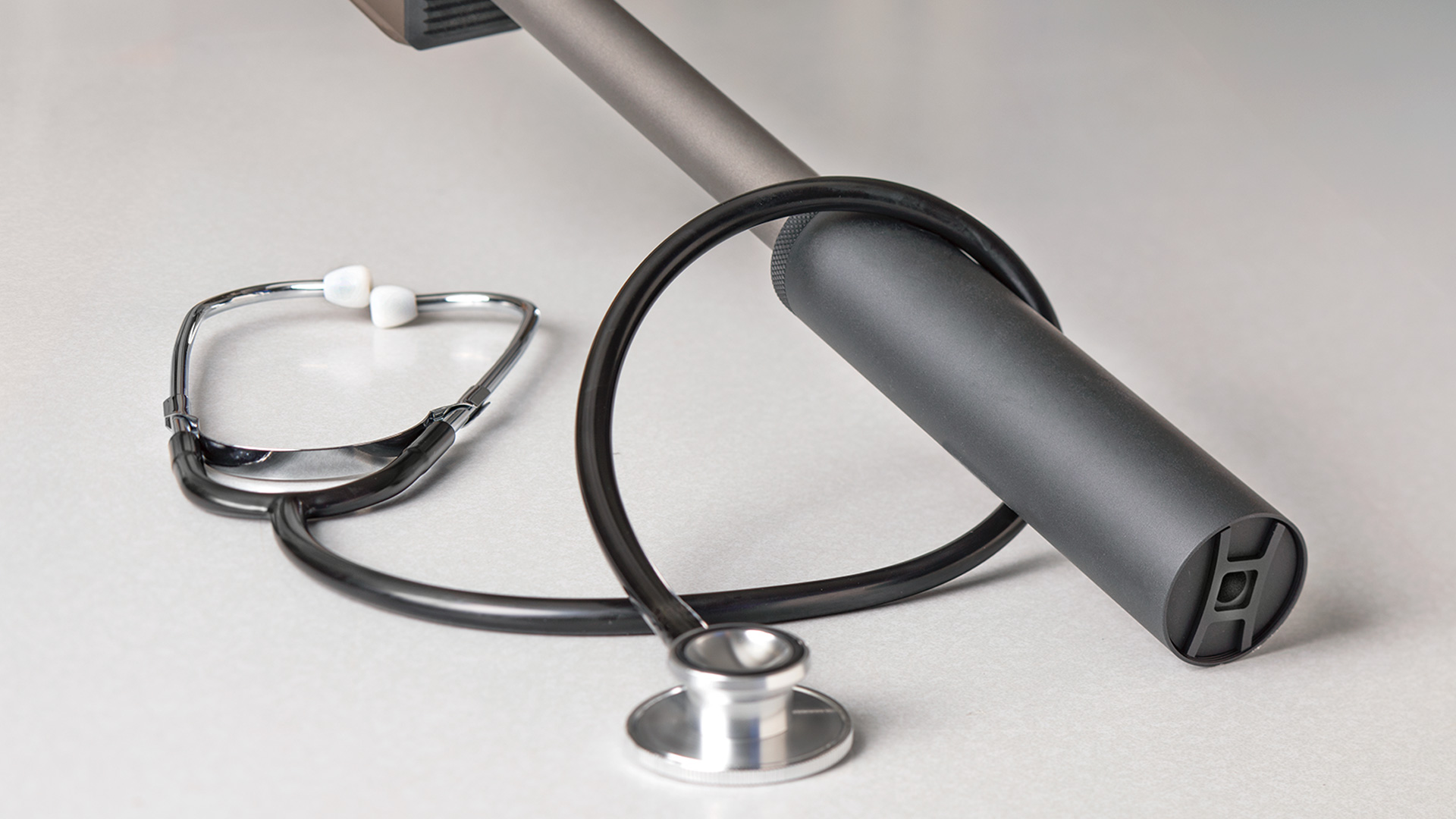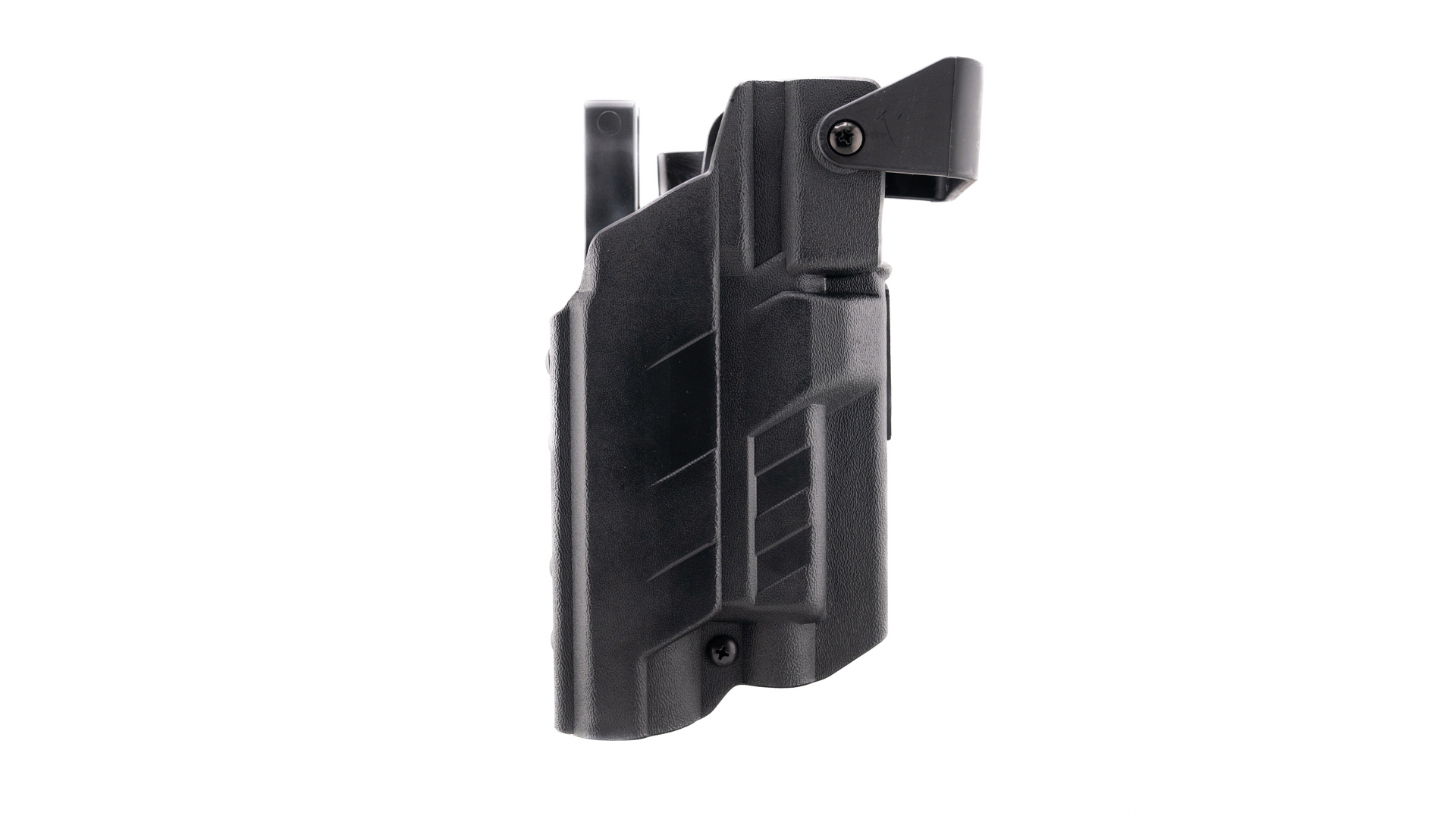
Suppressors are currently the hottest-selling centerfire- and rimfire-firearm accessory. The reason is obvious—quieter gunfire. But, how much quieter is the report, and are velocity, accuracy or precision negatively impacted? The plan is to conduct a series of tests with a variety of firearm systems to get a glimpse of the audible and ballistic effects of suppressors, and I figured a suppressed .22 LR pistol was as good a place as any to start these experiments.
For this test I used a SIG Sauer P322 pistol with a 4-inch barrel, outfitted with a Crimson Trace CTS-1550 reflex sight and a Banish 45 suppressor from Silencer Central. Now, the Banish 45 is not a dedicated .22 rimfire suppressor, but it works well with 22-caliber rimfires and is a practical suppressor, as it will also work with any pistol cartridge up to .45 ACP. It’s also a modular suppressor you can use either at its full length of 8.6 inches or in the shorter 6.7-inch configuration. For this test, I ran the Banish 45 in its compact form.
I evaluated three subsonic loads and three supersonic loads in the P322. With each load, I fired three, 10-shot strings over a Caldwell G2 chronograph with the screens placed 10 feet from the muzzle. At the same time, I fired those 10-shot groups for precision at 10 yards. I followed this protocol with and without a suppressor for a total of 60 rounds with each load. You can see the results in the accompanying chart, but first let’s look at some things the chart does not tell us.
Noise
I did not have a noise meter that would allow a scientific comparison of the loudness of each load. The only sound-measuring device I used were the two ears I was issued at birth. Granted, my ears are not definitive sound-measuring devices. However, I’ve exposed them to lots of gunfire—with and without hearing protection—and while not scientific in nature, they work well as a practical assessment tool. I must stress, outside of a defensive scenario, do not fire a gun without hearing protection, even if it is suppressed. Ever.
Even with hearing protection, it was easy to see the difference in the various rounds. When shooting unsuppressed, CCI’s Quiet-22 Segmented Hollow Point load was not offensive at all, while the other two sub-sonic loads were certainly tolerable. With the suppressor, all three subsonic loads were comfortable to shoot, and the Quiet-22 load was but a mere whisper. To my ears, the three supersonic loads—when suppressed—were tolerable and similar in audible output to the faster of the two subsonic loads when those were shot unsuppressed.
Reliability
Some have concerns about suppressors causing reliability issues. With the exception of the CCI Quiet-22 load, I experienced no reliability issues of any kind at all during the firing of 300 rounds. That’s not only a good sign for the Banish 45 and the SIG Sauer P322, it’s also a positive mark for those five loads.
The CCI Quiet-22 load was 100-percent unreliable; empty cases were never ejected. After each shot, I had to hand cycle the slide to extract, eject and load the next round. In the load’s defense, CCI suggests it’s best used for “bolt-action and single-shot .22 LR rifles.” So, why did I include it? Simply because it had the lowest advertised velocity of any .22 LR load I had on hand. It still has practical application in a pistol. You could use it for working with a noise-sensitive shooter or for use in a revolver for quieter shooting when suppression is not possible.
Velocity
Before you consume the velocity data, you need to understand the parameters. In most cases the advertised velocity of rimfire ammunition is based on performance from a 15-inch test barrel. All SAAMI (Sporting Arms and Ammunition Institute) instrumental rimfire-velocity data is based on a 15-inch barrel. And in case you did not know, with the .22 LR cartridge, most loads will deliver their highest velocities from a barrel of between 14 and 16 inches long. This is why all but one of the loads listed—when fired out of the P322’s 4-inch barrel—have a slower actual velocity than advertised. The exception (there are always exceptions) is the 22 Punch load, which as per the information on the box, lists a velocity obtained with a 2-inch barrel.
The first question I had was how a suppressor might impact rimfire muzzle velocity. Some claim it will decrease velocity, and some say it will increase velocity. When suppressed, four loads showed an increase and two a decrease, but the differences were minimal and within the margin of error. Based on this test, it seems that suppressing a .22 LR pistol will have no significant impact on velocity. Of course, velocity consistency matters too, though mostly only at distance. Except for the 22 Punch load, every load was just slightly less consistent when unsuppressed but hardly enough to matter.
Precision
Some also claim a suppressor can improve precision. Based on the averages of the groups fired, that was not the case in this test. However, the difference between the average sizes of suppressed and unsuppressed groups was only .04 inch. Given that there was undeniable human error induced—a man simply cannot fire 360 rounds without mistakes—that too is clearly within the margin of error. I’d rate the difference in precision as statistically insignificant.
Also, in terms of velocity and precision, conventional wisdom suggests ammunition with consistent velocities delivers better precision. However, in this test the Quiet-22 load was the most precise shooting, yet in terms of velocity consistency, it was below average.
Lessons Learned
The standout lessons had nothing to do with suppressed and unsuppressed fire. It was level of precision delivered by the Quiet-22 load, which outshot everything. The other lesson was how much velocity difference you can expect between advertised .22 LR ammo velocities and velocities from a pistol. On average, the difference was 123 fps, or 12 percent. The faster the advertised velocity, the greater the difference. It’s also worth noting that the coated bullet—Clean-22 loads—left less lead fouling in the barrel and inside the suppressor. Rimfire ammunition is dirty enough as is, and the Clean-22 loads made cleaning all gear noticeably easier.
As far as noise, if you want to achieve the quietest shots possible when suppressed, the evidence clearly shows that you will need to shoot subsonic ammunition. Suppressed supersonic loads will certainly be quieter suppressed than not, but the supersonic crack will still be quite noticeable. In any case, despite what some might claim or Hollywood might depict, it is extremely rare for a suppressed shot to be completely silent, and best practice is to always use hearing protection.
In addition, all the subsonic loads delivered better precision from the P322 than the supersonic loads. Since the primary point of shooting is hitting that at which you’re aiming, the biggest takeaway might just be to use subsonic ammunition if you want the most precise results possible.




